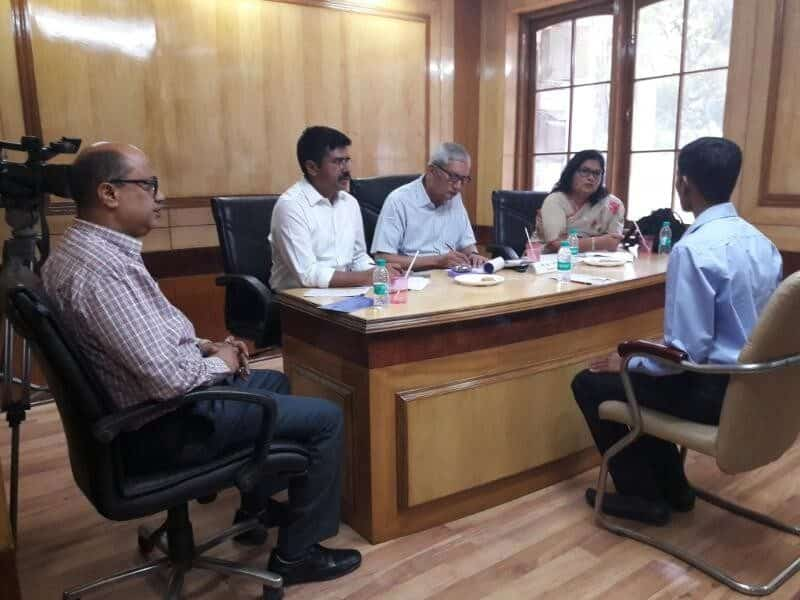
(Success Story) UPSC 2022 TOPPER, AIR-17 Sarthak Agarwal On How to Crack UPSC Exams in First Attempt
2014 CBSE topper, Sarthak Agarwal, who changed the face of competition for 12th boards by scoring 99.6 percent has one it once again – he has secured the coveted all India rank of 17 in UPSC Civil Services Examination 2020. Sarthak is an alumnus of DPS Vasant Kunj, and he did his graduation in Economics from Shri Ram College of Commerce and followed it up by pursuing an M.Phil. degree from Oxford University. At the time of the release of the UPSC Civil Services 2020 results, Sarthak was employed at the World Bank as a researcher.
Why Civil Services?
While working as a researcher at the World Bank, Sarthak realized that although we had a lot of information about problems, there weren’t enough people on the ground solving those problems. Sarthak felt moved to join the civil services in order to become one of those people.
Sarthak’s Preparation Journey For UPSC CSE
Sarthak started his preparation quite late in June of 2020. He completed his whole journey in around 7 or 8 months. As a result, he had to devise a strategy quite different from most successful candidates over the years.
The Right Temperament
According to Sarthak, the key to his success is how he used to take interest in Indian affairs from an early age. Whether it was the country’s economy, its history, or how it is run, Sarthak has a habit of picking up news and reading in-depth about every piece of news that piqued his interest. This habit of his helped him immensely in cracking this examination.

Given the statistical unlikelihood of finding success in prelims, where only about 2-3% of candidates qualify, Sarthak spent most of his UPSC Civil Services Preparation concentrating on qualifying the preliminary examination. He puts a lot of importance on taking as many mock tests as possible to understand your strengths and weaknesses.
Negative marking in prelims is a big drawback. Knowledge is important, however, ruling out options using informed guesswork and common sense is equally important. Practicing enough tests and increasing your knowledge together will give you an idea of how to ace your prelims.
Sarthak believes mains examination is a test of how well one presents their views and how analytical they are. One who has a genuine interest in India as a nation will have an easier time writing their mains answers than others. Peripheral knowledge, along with an analytical mind is an essential requirement of qualifying for the mains examination.
Interviews can be tricky. To be able to feel comfortable enough to organize your thoughts and answer questions properly is an acquired skill. To achieve this, Sarthak took a few mock interviews and highly recommends students do the same.

Final Words
Sarthak believes UPSC is not looking for the perfect knowledge bank, but instead for a problem solver, willing to help the nation and its people grow. And that is precisely how this examination is designed.
So as long as you have the right intentions and temperament, keep trying and you will definitely succeed.
Best of Luck.
© IASEXAMPORTAL
CLICK HERE TO DOWNLOAD UPSC TOPPERS NOTES